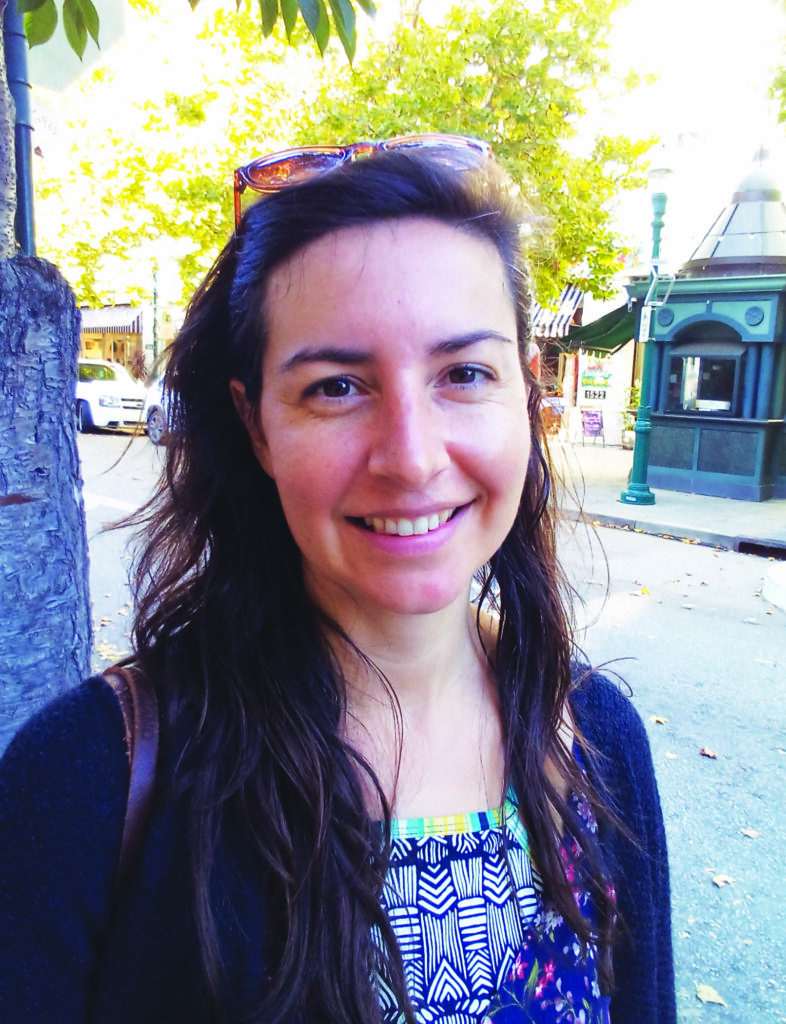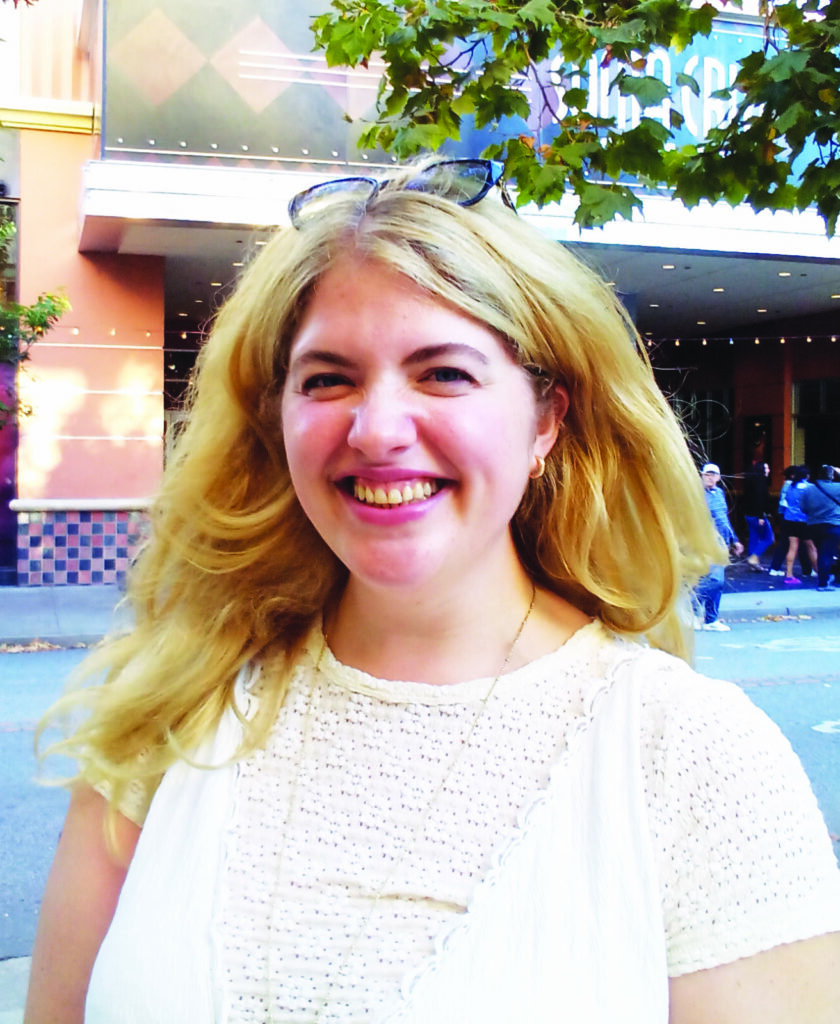Whiting Road in Watsonville is nondescript.
The road runs through farm fields interspersed with verdant woodlands in a rural part of Santa Cruz County just north of the city.
It would be easy for those driving through to let their eyes skip over a property set between two farms—a 38.5-acre parcel with two dirt trails leading into it and little else. But soon, the property will become the county’s newest park, featuring an athletic field, nature trail and a teaching farm.
The Santa Cruz County Board of Supervisors approved the $2.3 million purchase at 188 Whiting Road during their most recent Aug. 22 meeting.County leaders are hailing the park as a much-needed and long-awaited recreational opportunity for residents of south county.
“Parks mean health equity,” Santa Cruz County Supervisor Zach Friend says. “This new park will provide recreational and educational opportunities to residents. Anyone that visits Polo Grounds on the weekend can see how popular, and needed, that regional park is. Having another option for community gatherings, families and sports teams will improve the quality of life for south county residents.”
The as-yet unnamed county park will be the second in the Watsonville area since Pinto Lake County Park was purchased in 1974.The county currently boasts 59 parks, the lion’s share of which are in mid-county, says county parks director Jeff Gaffney.
“It is a great honor to be able to bring a park to the residents who deserve one, and to bring it to a portion of the community that should have one,” he says.
Equity And Parks
There are several reasons for green space disparities between north and south counties.
Gaffney says that creating parks is a challenge in south county, where local ordinances protect agricultural land from development.
But the dearth of county parks here also comes down to wealth distribution. Areas that have more financial resources often get more facilities such as parks.
“That is not equity,” Gaffney says. “That is absolutely not distributing money for our society and for our community and for our culture equally like it should.”
This inequity comes as no surprise to Watsonville parks and community services director Nick Calubaquib, who oversees the city’s 26 parks that cover 143 acres.
The national standard for green spaces is 10 acres per 1,000 residents: that number for Watsonville is roughly 2.25 acres per 1,000 residents, Calubaquib says.
The City of Santa Cruz, meanwhile, boasts 1,700 acres of park space.
According to the Trust for Public Land’s ParkServe index, which gathers data on the percentage of public land used for parks in a given city, 96% of Santa Cruz’s residents live within a ten-minute walk from a park. The city has allotted 25% of its public land for parks, compared to the 15% national average.
The index also breaks down access to parks by demographics such as income and race. In Santa Cruz, around 98% of all residents, no matter their income, have access to parks within a half mile from their homes. At least 92% of most ethnic groups have access to a nearby park, except for African-Americans, who are at 89%.
Travis Beck, Santa Cruz’s Superintendent of Parks, says that fostering equity is one of the pillars of the city’s parks and recreation department. Riverside Gardens Park, located in the Lower Ocean neighborhood, was built in 2014 in an effort to bridge the equity gap.
“A driving factor in acquiring the property for (the park) was providing parks in underserved neighborhoods,” Beck says.
In Watsonville, the number of residents with close access to parks is lower than those in Santa Cruz.
86% of all residents within the city limits have access to a nearby park. Across all income levels, around 86 % have access to a park and, on average, 89 % of most ethnicities have park access. Pacific islanders fall behind at 75 %.
“That paints a picture of the stark difference in the drastic lack of access that our residents have, especially when compared to other communities,” Nick Calubaquib says.
Calubaquib believes the difference comes down to the historic problem of socio-economic disparity.
“It’s not uncommon in communities of color that they have significantly less park space than more affluent or caucasian/white communities,” he says.
And with an ever-growing list of deferred maintenance on its existing parks, there are no plans to create new ones, Calubaquib says.
“We don’t have the means to take care of what we have, so it doesn’t really make sense to look at expanding parkland,” he says.
New Park Timeline
Construction on the recently purchased lot is expected to begin in early 2024, with the first phase wrapping up in 2025. Gaffney estimates that development and construction will cost between $250,000 and $300,000. He says a fundraising effort will help pay the costs.
The project will include pedestrian and bicycle improvements along the roads leading to the park, Gaffney says.
Additionally, bus service could be expanded to include the park.
County officials are now looking for agriculture professionals to lead the park’s educational portion, which they envision will draw school groups to learn about indigenous farming techniques.
“It’s special that we’re going to be able to work with the ag community, which is a cornerstone of South County and a part of the DNA here for decades,” Gaffney says.
Supervisor Felipe Hernandez says the purchase is a “dream come true for South County constituents and all Santa Cruz County residents.”
“We are proud to have finally secured this land on behalf of the community and look forward to opening it to the public,” he says.





























